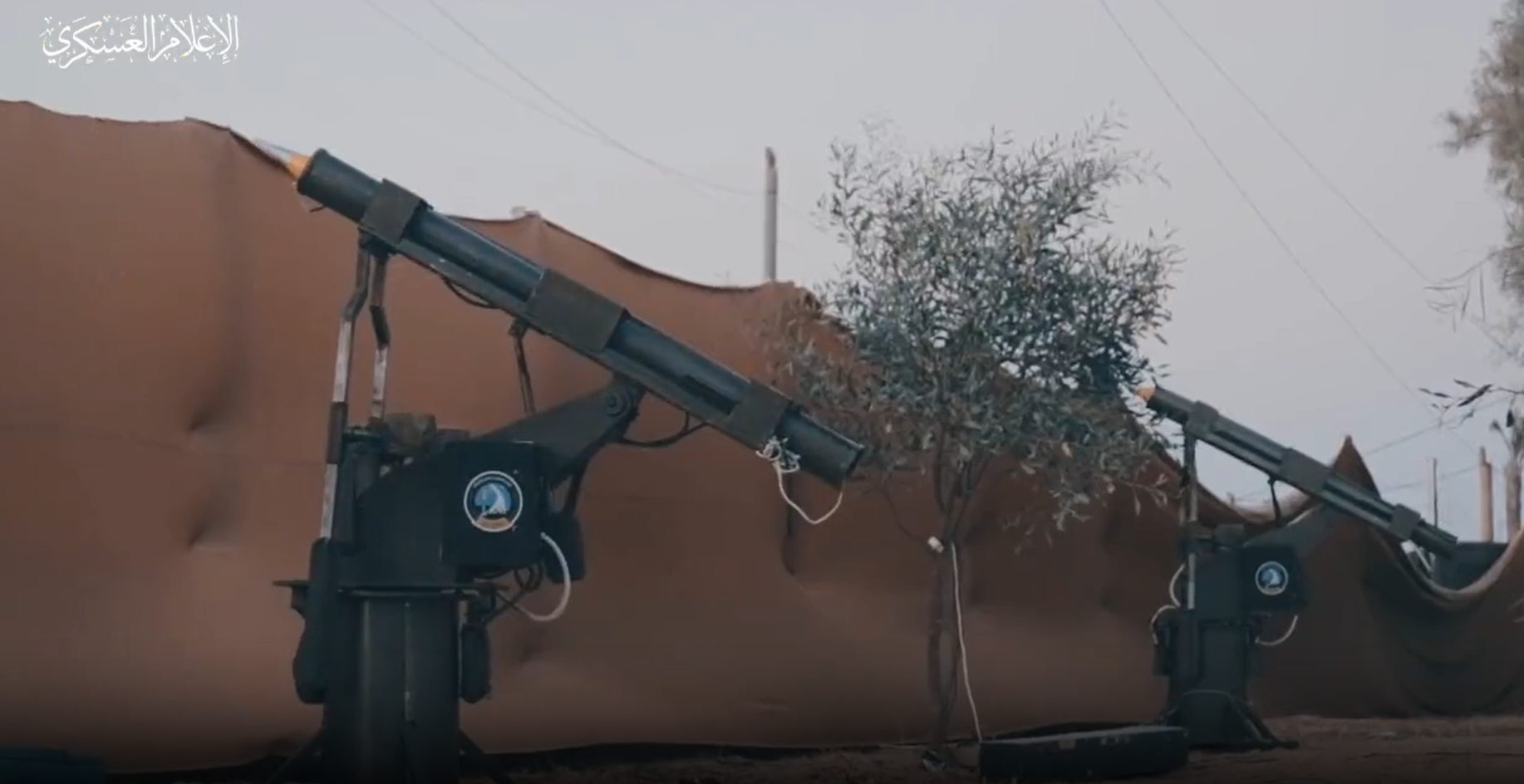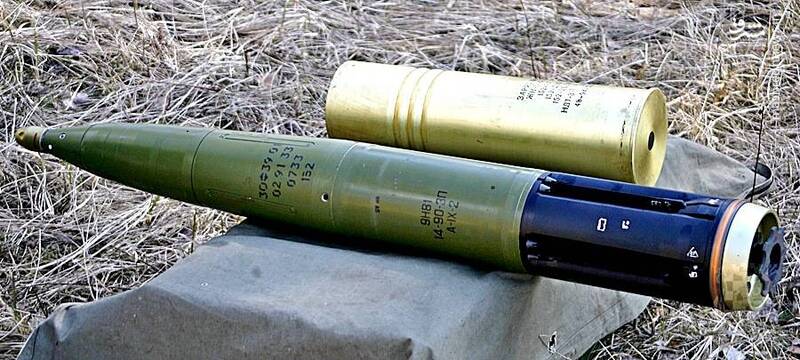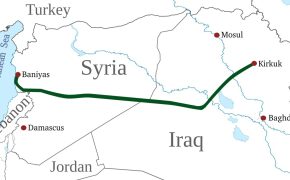Military Knowledge: Mutabar-1 Air Defense System

The Mutabar-1 air defense system is a short-range, low-altitude system, which is developed by Palestinian resistance forces. This air defense system was introduced in October 2023 during Operation Al-Aqsa Storm, in a video released for the first time by Izz ad-Din Al-Qassam Brigades.
According to the released video regarding the usage and deployment of the Mutabar 1 system, this air defense system consists of three main parts. The first part is the missile launch base, the second part is the missile, and the third part is the guidance system and target acquisition.
Missile Launch Facility:
The missile launch facility of the Mutabar-1 air defense system is designed as a single launcher to reduce its weight and allow for the use of cheaper and more accessible components. This launch base has a 360-degree rotation capability around its axis and can adjust the angle between 20 to 70 degrees. This movement enables adequate coverage for performing air defense operations in the vicinity of the air defense system.

Missile of Mutabar-1 Air Defense System:
The missile, as the second component of the Mutabar-1 air defense system, has a very simple design. In fact, this missile is a rocket with similar components to ground-to-ground rockets and its explosive fuse is designed for direct impact. Control fins that fold together are used for guiding this missile in its final section, which are secured with plastic ties.

Stabilizing fins are not used in this missile because tube-shaped launchers similar to mini Katyusha rockets are intended to be used. The reason for using ties to hold the control fins is that the necessary technology to design these fins to open them after launch does not exist. Therefore, it is not possible to use folding control fins in the front section either. If folding control fins were present in the front section, ties would have to be used, which would complicate the loading of the missile.
The overall shape of the missile on its launcher is clearly visible and appears to be very similar to the tail end of laser-guided bombs such as the Basir and Krasnopol.


The fuel of the missile also appears to be the same solid fuel used in ground-to-ground rockets. In that case, the maximum altitude of fire should be considered as 7.5 kilometers and the engagement range would likely be limited to around 6 to 8 kilometers.
Target tracking and missile guidance:
The use of thermal and infrared cameras for guidance is completely ruled out as the missile’s nose cone does not carry such cameras. In the video, it is evident that guidance is performed from a control center, but the components of this center are not clear. Considering the presence of an impact fuse at the tip of the missile and its shape, independent guidance has not been utilized. Therefore, the guidance to the target will be entirely carried out by another system, referred to as a nest seeker method.
Based on the absence of thermal and infrared cameras, it can be speculated that both active and passive radar search methods are used.
The missile fuel also appears to be the same solid fuel used in ground-to-ground rockets. In this case, the maximum engagement altitude should be considered as 7.5 kilometers, and the engagement range will likely be limited to around 6 to 8 kilometers.
Considering the Israeli regime’s military might in suppressing air defense, finding and conquering radar in the Gaza Strip will be easy. For this reason, the most likely method of tracking would be using passive radar, as finding this type of radar is very difficult. Also, placing a wave collection dish at one point and its powerful computer system elsewhere practically makes its destruction impossible. Based on the mentioned reasons above, it can be claimed that the air defense missile guidance in the Muteber-1 air defense system must be in the form of passive radar seeker guidance.
One noticeable point in the released video is the firing of two air defense missiles with very little distance and almost simultaneously, which could have two possibilities. The first possibility is that the system has the ability to guide two missiles for one target. The second possibility is that the system has the ability to engage two targets simultaneously.
Although this system may not seem very advanced at first glance, but creating a short-range and low-altitude air defense system with the mentioned specifications is a great achievement for Palestinian resistance. It gives Palestinians the ability to shoot down various Israeli aircraft at low altitudes.
Specifications of Mutabar-1 Air Defense System:
Type: low-altitude short-range air defense system
Producer: Al-Qassam Brigades
Origin: Palestine
Unveiled: October 2023
Crew: 4 people (2 gunners and a commander and a radar officer)
Engagement range: 6 – 8 km
Radar: probably passive radar
Radar detection range: maximum 10 – 12 km
Altitude of fire: 6 – 8 km
Number of simultaneous engaged targest: 1 or 2
Battrey: Each unit is fixed and carries one missile
Missile:
Length: ~ 2.5 meters
Diameter: ~ 107 mm
Weight: ~ 50 kg
Range: ~ 6 – 8 km
Altitude of fire: ~ 7.5 km




Comment